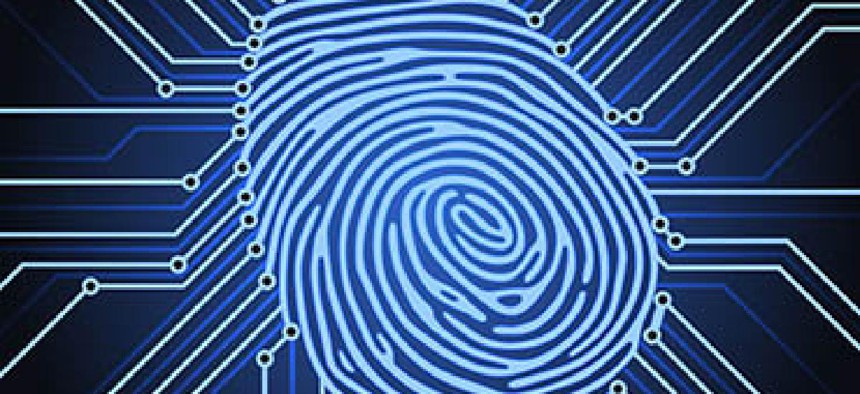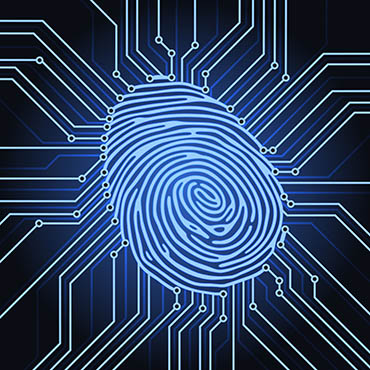What can the U.S. learn from the world's largest biometric ID system?

India's biometric identification program needs to better document how it's being used by the public and governments, according to independent researchers.

One of the most ambitious government-backed national biometric identification projects in the world, in terms of breadth and scale, needs to get a better handle on how it is being used, said an initial report by independent researchers.
India's Aadhaar project, which ties biographic data, such as names and addresses or locations, to iris or fingerprint scans, is a huge national effort to get numbers assigned to the country's 1.3 billion residents. The government looks to add everyone living in the country from age five, as well as anyone living in the country for more than 180 days, to the database.
So far, according to a new report by independent researcher IDInsight, the nation has assigned 85 percent, or about 1 billion people, a unique "Aadhaar number."
That's no small feat in a country where birth records can be scant and more than half the population lives in rural areas.
The program, said Ronald Abraham, partner and Asia director for IDInsight, has helped the country get more government money into the hands of intended recipients, sped up some public and private economic development efforts and helped make other federal databases eliminate duplicate data.
The program began in 2010 and has been making strides in registering people and collecting biometric data to pair with that data, but the government hasn't been able to get firm, reliable information on how all that data is being used.
U.S. federal agencies should note the project's effort to seamlessly integrate many of India's federal databases, Abraham told FCW in a short interview after a presentation at the Center for Global Development.
One ongoing issue Abraham flagged is the Indian government's lag in keeping "evidence-based" data on how the system is used and by whom. That kind of information is crucial to keeping the massive government-backed IT project rolling effectively, he said.
IDInsight published the first in what the research entity hopes is an ongoing series on the project. The "State of Aadhaar Report 2016-17," takes stock of uses cases and intricate details of the legal and government framework as well as emerging uses.
For instance, Abraham said, it's unclear how many people have used the system to open a bank account, which was one of its intended purposes, or its capabilities as a third-party verification source for transactions, not to mention how it facilitates government subsidy payments to individuals.
Cybersecurity is also an emerging issue, especially as cyber thieves figure out how to game the system or successfully duplicate fingerprints and iris scans, according to Abraham. Currently, the system stores biometric data offline; encrypts data transfer; gives access to data only through a strict template and allows users to "lock" their data. All of those are good precautions, he said, but the government doesn't know much about how effective those precautions are.
As the project moves ahead, Abraham said, that kind of detailed data is critical, as it paves the way for the sprawling project's future effectiveness and relevance.
NEXT STORY: Figuring out multifactor authentication


